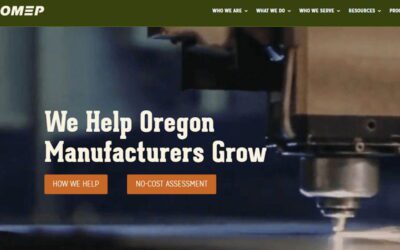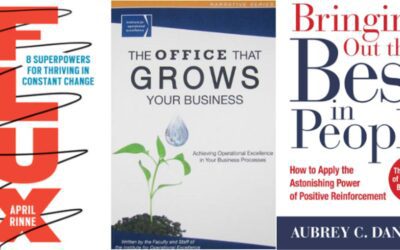Forecasting the Future for Manufacturing Businesses
Plans are nothing; planning is everything. – Dwight D. Eisenhower
According to the Washington Post in 2015, weather forecasters “correctly predicted if there would be precipitation the next day 82 percent of the time in 2013”. Not too bad! As a manufacturer, you know that predictions can be much more difficult than the weather! You face the difficulty of predicting what consumers are going to buy, what material prices will be, the impact of foreign exchange rates, or how oil prices could affect your business.
Prediction is difficult, but companies that take the time and start forecasting their business can see tremendous results. For example, many manufacturers find that forecasting can do the following:
- Build a stronger team between Operations, Sales, Marketing and Finance
- Build a system that helps plan their purchasing, their inventory, and their lead times
- Helps define market factors that drive their sales, and can increase conversations about how to grow the business between business functions
Those are all great reasons to begin forecasting. The questions is, where do you start?
Make the Time to Build Your Forecast
Your first challenge in starting to build a forecast will be to get out of the day to day operations and making the time to focus on the future. Schedule a kick off meeting with your leadership team and ask them to be prepared to discuss on their business functions in terms of both growing and a declining market.
Start With What You Know
Are your markets seasonal? Do you have specific customer segments or products that you know are growing or declining? Predicting the future from the past can be dangerous, but looking back at trends and understanding what caused the trends can be important factors when considering the future.
Make a Model from Last Year’s Financials
Take last year’s financials and build out a model that allows you to manipulate revenue, operations (including labor, materials, etc) and all other expenses. This will be your model.
Build Out Several Scenarios to See Potential Impacts
Since the financial model was built to manipulate, you can start to run scenarios to see potential business impacts. This is a key opportunity for the leadership team to talk about what is going on in the marketplace, competitive influence, strategic initiatives, and impacts throughout the organization. For example:
- Sales Growth: At a planned 10% sales increase in Product A., what will operations need to do to support that sales growth? Will you need to add capital equipment, how about another shift?
- Raw Material Price Increase: Say 30% of your COGS is raw materials. What happens is a primary material goes up 10% to your gross margin? How can you recover that loss in profitability?
- New Product Launch: How much inventory should you build? Do you need to procure new materials?
Pick Key Influencers for your Business
What are some indicators for your business that signal a declining market, or a growing market? Housing starts? Consumer spending? Oil or lumber prices? Architectural firm backlog? Ideally start tracking these indicators and think about values for these indicators that may trigger action on your business
Acknowledge and Start the Planning Cycle
Pick what you believe to be the most likely scenario and use this as your base forecast. Start comparing your forecast to what actually happens so you start to feel what your forecast accuracy is. This can be a simple monthly check of what you forecasted sales to be compared to what the actual was.
Schedule a recurring planning cycle to check the forecast and reforecast. Ultimately, this may be a key part of your strategic planning process.
Although you may find that the accuracy of your initial forecasts are not spectacular, the planning process will give critical opportunities for improvement, contingency planning, communication, and team building will occur.



